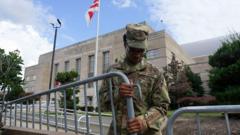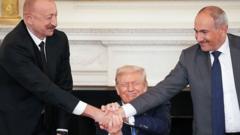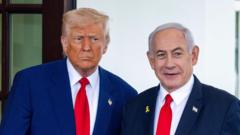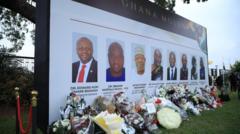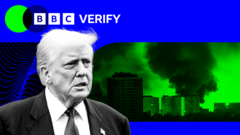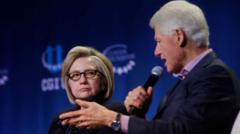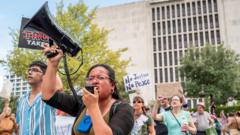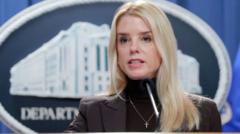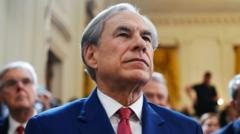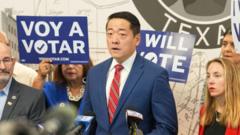Article explores the significance, implications, and historical context of executive orders, especially with Donald Trump's anticipated actions.
What are Executive Orders? Understanding a President's Power in the U.S. Government
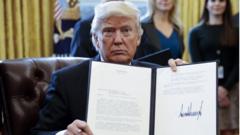
What are Executive Orders? Understanding a President's Power in the U.S. Government
Executive orders enable U.S. presidents to implement policies without congressional approval, highlighting the balance between authority and controversy.
Executive orders represent a powerful mechanism for U.S. presidents to effect change and assert authority over government affairs, often without the necessity of congressional consent. As Donald Trump prepares for his second term, he is expected to introduce over 200 executive actions, including controversial measures related to artificial intelligence, military defenses, and the removal of diversity policies within the armed forces.
Executed under the constitutional authority granted by Article II of the U.S. Constitution, executive orders can range from significant policy reversals—like the authorization of contentious oil pipelines—to more mundane administrative directives, like setting operational hours for federal offices.
While executive orders can be powerful tools for swift governance, they often come with considerable political sensitivity. They allow presidents to sidestep the lengthy legislative process, fueling debates about their implications. For example, Franklin D. Roosevelt's wartime commands led to ingrained crisis decisions, while more modern authorship, like that of Joe Biden's re-entry into the Paris Agreement, faced serious pushback.
The application of executive orders can sometimes breach legal boundaries, prompting court challenges and Congressional responses. This has led to a legacy where incoming presidents frequently counteract their predecessors' orders to realign national policy. Trump's administration, for instance, followed this trend by attempting to repeal parts of the Affordable Care Act initiated by Obama.
Historically, executive orders have varied significantly among administrations, with Roosevelt issuing the most at 3,721 during his lengthy tenure. In comparison, Trump previously issued 220 executive orders, while Biden managed 160 within a shorter period. As Trump vows to revitalize his executive power upon assuming the presidency again, the political landscape teeters on the edge of concern and expectation, provoking ongoing discourse about the appropriateness and efficacy of executive orders within the structure of U.S. governance.
Executed under the constitutional authority granted by Article II of the U.S. Constitution, executive orders can range from significant policy reversals—like the authorization of contentious oil pipelines—to more mundane administrative directives, like setting operational hours for federal offices.
While executive orders can be powerful tools for swift governance, they often come with considerable political sensitivity. They allow presidents to sidestep the lengthy legislative process, fueling debates about their implications. For example, Franklin D. Roosevelt's wartime commands led to ingrained crisis decisions, while more modern authorship, like that of Joe Biden's re-entry into the Paris Agreement, faced serious pushback.
The application of executive orders can sometimes breach legal boundaries, prompting court challenges and Congressional responses. This has led to a legacy where incoming presidents frequently counteract their predecessors' orders to realign national policy. Trump's administration, for instance, followed this trend by attempting to repeal parts of the Affordable Care Act initiated by Obama.
Historically, executive orders have varied significantly among administrations, with Roosevelt issuing the most at 3,721 during his lengthy tenure. In comparison, Trump previously issued 220 executive orders, while Biden managed 160 within a shorter period. As Trump vows to revitalize his executive power upon assuming the presidency again, the political landscape teeters on the edge of concern and expectation, provoking ongoing discourse about the appropriateness and efficacy of executive orders within the structure of U.S. governance.


